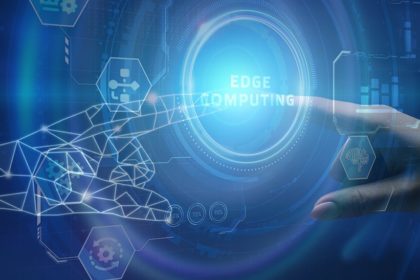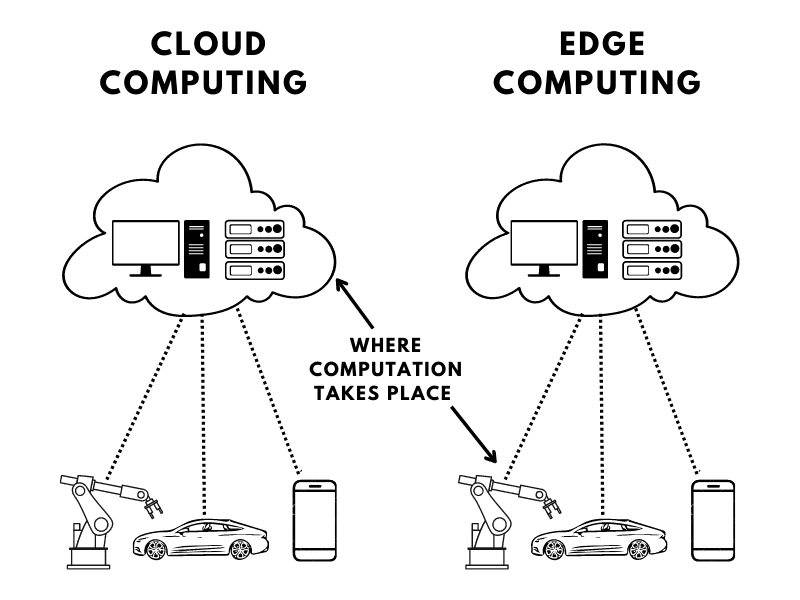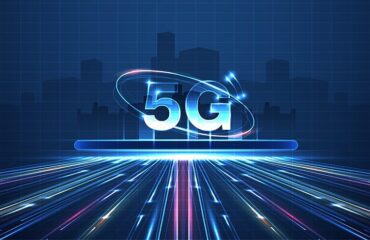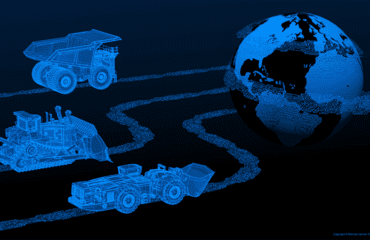
In recent times our homes and businesses have seen an influx of technology. These have become an essential part of our day-to-day life, taking on simple and more complex tasks in their stride. The general perception is that many people have heard of these buzzwords and phrases that come with the growing amount of technology, but don’t understand what they mean.
Edge computing can be considered in that category. It has the ability to make data closer to the end-user by utilising the processors in devices like the user’s computer or IoT devices like Alexa.
Edge computing has changed the way industries think, it bears the capacity to increase productivity and connectivity. It has created innovations in areas such as connected homes, automated vehicles, advanced video gaming and robotic surgery.

The comparison of edge computing is often considered to be the cloud computing system, which relies on the internet solely for storing and processing data. The disadvantage is that if the internet is slow or down, the applications will fail or operate slow.
A real world example of this can be in the retail sector, with the increased convenience of the customer experience. The fast data computing that edge computers allow means customers can search for products, gather product information and order products with voice commands on IoT devices. Velocity has the adaptability to fill the challenges that most sectors face. An example of this can be in a security transit setting. When the driver is wearing an IoT device such as a smartwatch, Velocity has the capability to monitor the driver’s heartbeat and notice if they are under duress. The device then notifies the control room and turns the CCTV cameras on automatically.
The possibilities for edge computing are endless. It should not be compared to cloud computing system but rather cover the shortfalls that the cloud possesses.
Click here to find out more on edge computing with Simoco Wireless Solutions


